Nestled in the heart of the Pacific Northwest, Washington State stands out as a captivating tourist destination, drawing in thousands of visitors each year. Beyond its renowned landscapes and successful football teams, the state boasts a unique biodiversity, including a diverse array of spiders. As you explore this region, encountering spiders in Washington becomes a distinctive aspect of your journey, with the state’s varied topography giving rise to a fascinating range of arachnid species, both harmless and potentially harmful.
Read more: Dangerous animals in Washington
Table of Contents
Grey House Spider
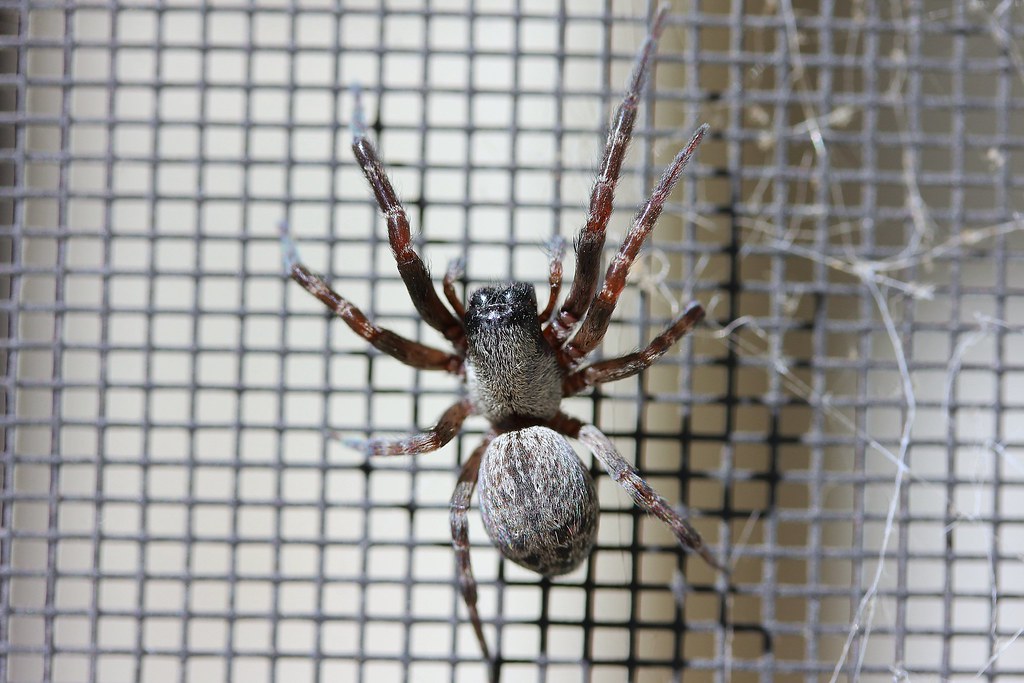
The grey house spider, predominantly found in the southern parts of Washington State, warrants attention during your travels due to its biting tendencies. Thriving in residential areas, these spiders, characterized by a light grey hue and black marks on the abdomen, play a crucial role in controlling pests like flies and roaches. However, caution is advised as they carry a high number of bacteria, potentially causing infections. With females growing up to 14 millimeters and males reaching 10 millimeters, these spiders employ intricate webs for hunting.
Ground Wolf Spider
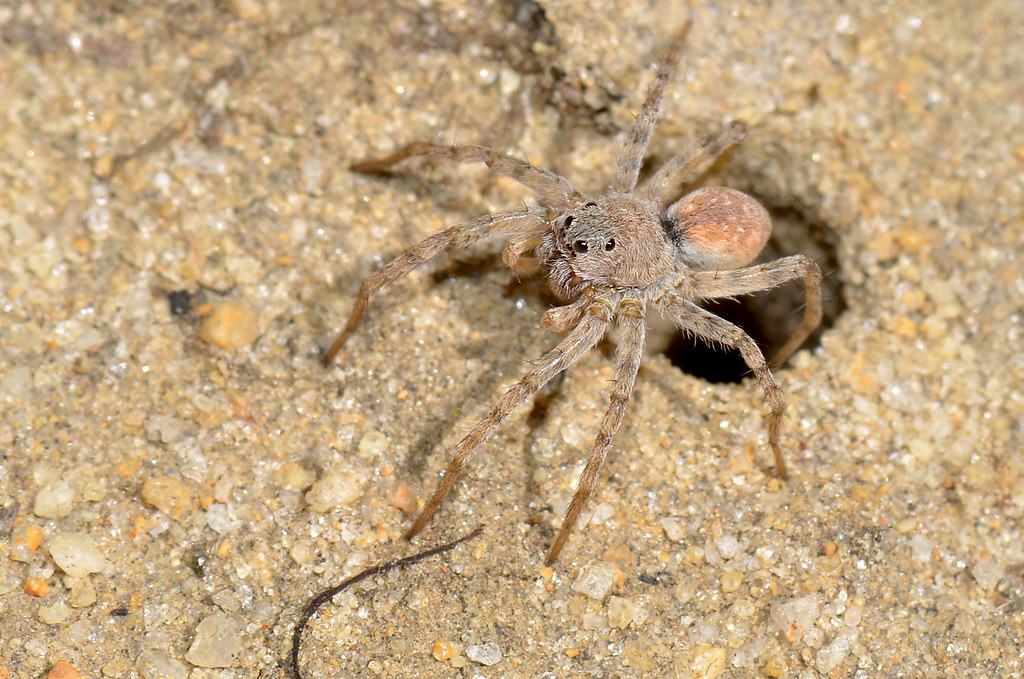
In various habitats across Washington, the ground wolf spider showcases remarkable hunting skills. Females can grow up to 14 millimeters, while males reach 9 millimeters, exhibiting diverse colors such as grey, tan brown, and reddish-brown. Unlike web-building spiders, ground wolf spiders rely on agility, utilizing their long legs and strong jaws to ambush prey effectively. Their ability to wait and pounce makes them adept hunters in their diverse environments.
Daring Jumping Spider
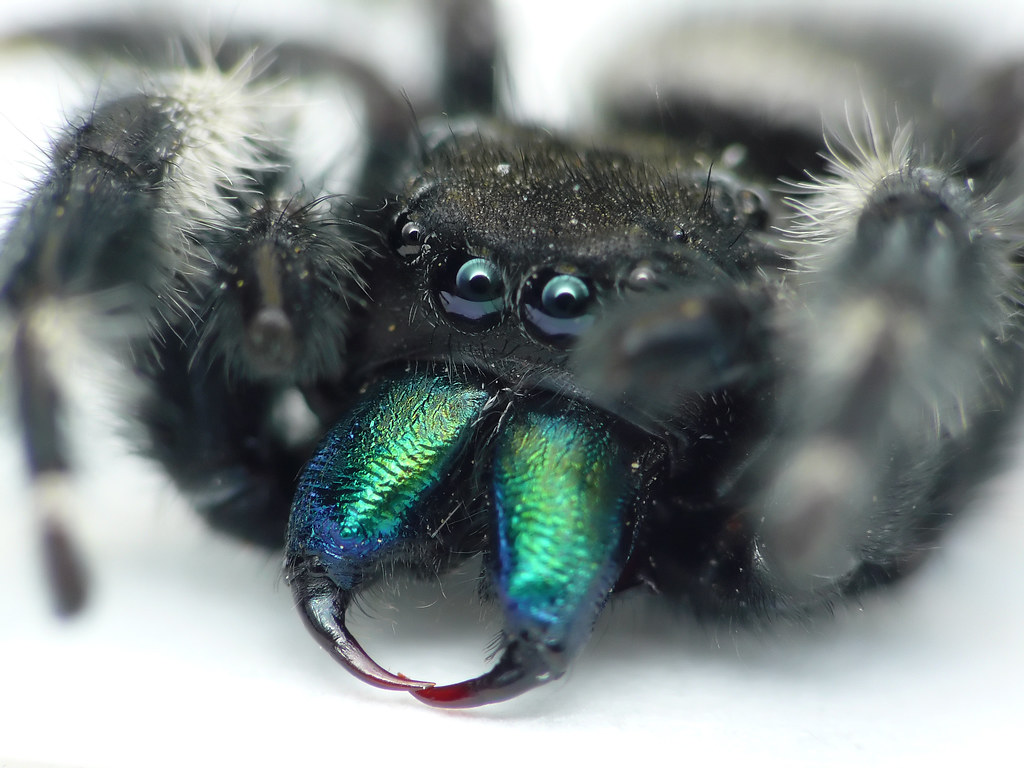
The daring jumping spider, another prevalent species in Washington, exhibits distinctive features. With females reaching up to 14 millimeters and males half that size, these spiders boast large eyes and are known for their impressive jumps. Operating without webs, they rely on stealth, hiding before ambushing and consuming their prey.
Cat-Faced Spider
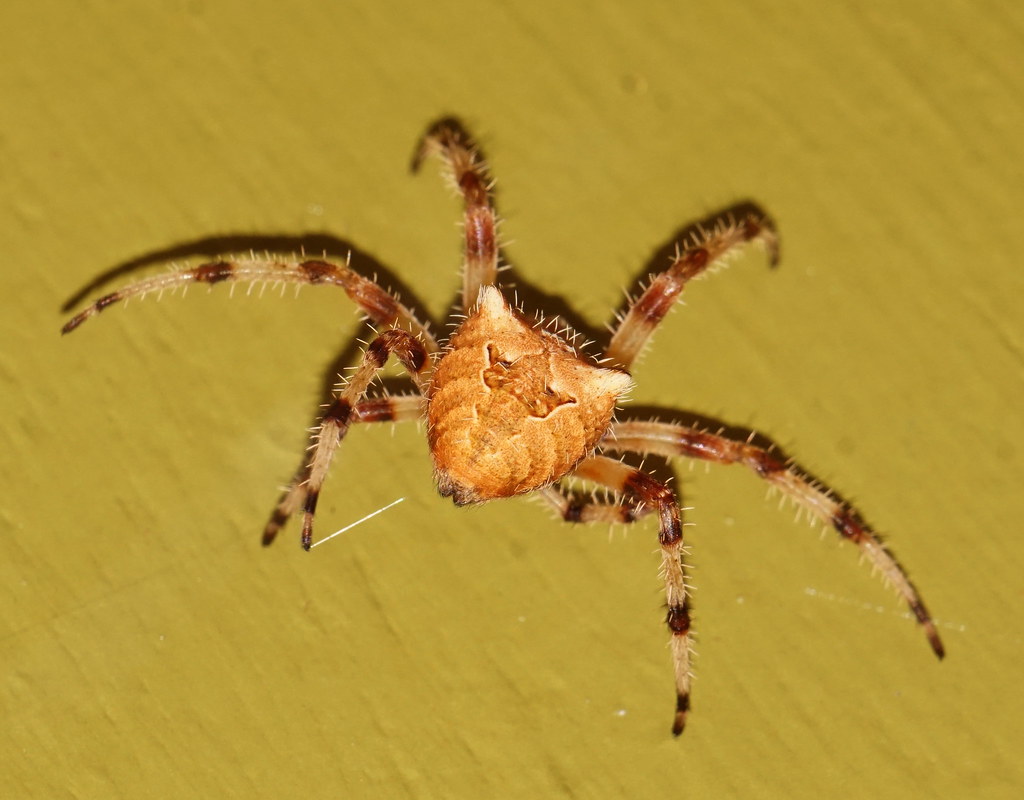
In various habitats throughout Washington, the cat-faced spider thrives, reaching up to 25 millimeters for females and 8 millimeters for males. Their colors vary, with chestnut brown, dark brown, and light brown hues, featuring horned growths on the abdomen resembling cat ears and a face. Utilizing orb-shaped webs for hunting, they strategically place their cobwebs in sunny spots, often on walls and overhangs.
Hobo Spider
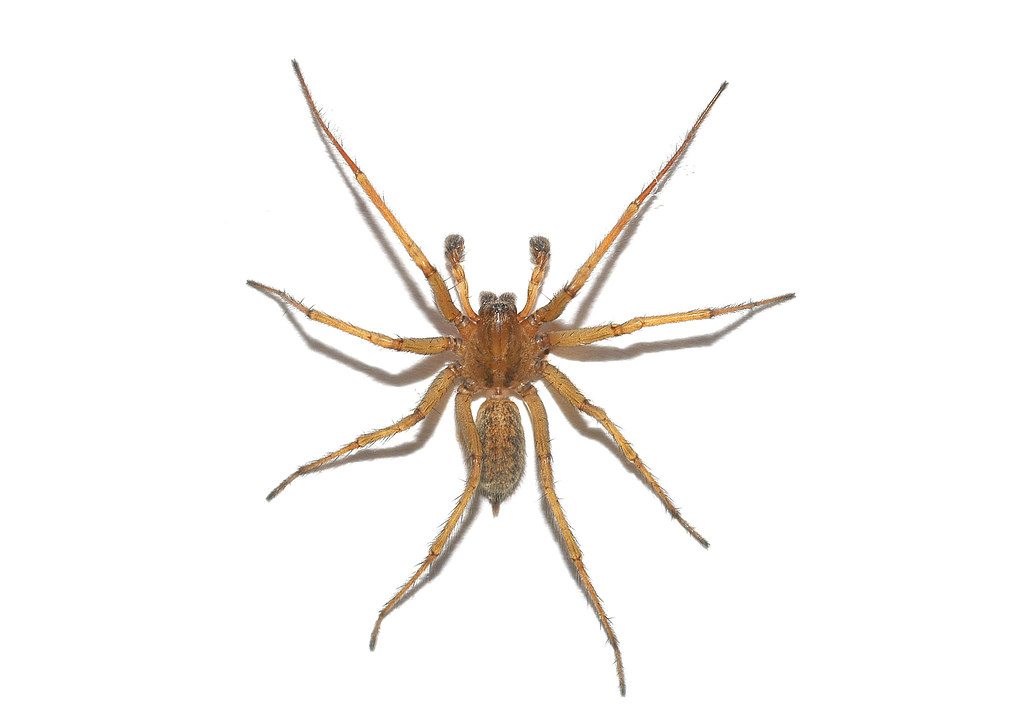
The hobo spider, agile and found throughout Washington, demands caution during exploration due to its potentially dangerous bite. Thriving in diverse habitats, these spiders, with females growing up to 14 millimeters and slightly smaller males, move actively from place to place, sometimes hitching rides in automobiles. Recognizable by a V-shaped marking and a light stripe on the abdomen, they pose a risk with their bites, transferring harmful bacteria from consumed insects, leading to potential infections. Exercise caution when traversing Washington to avoid encounters with these potentially dangerous hobo spiders.
Long-Bodied Cellar Spider
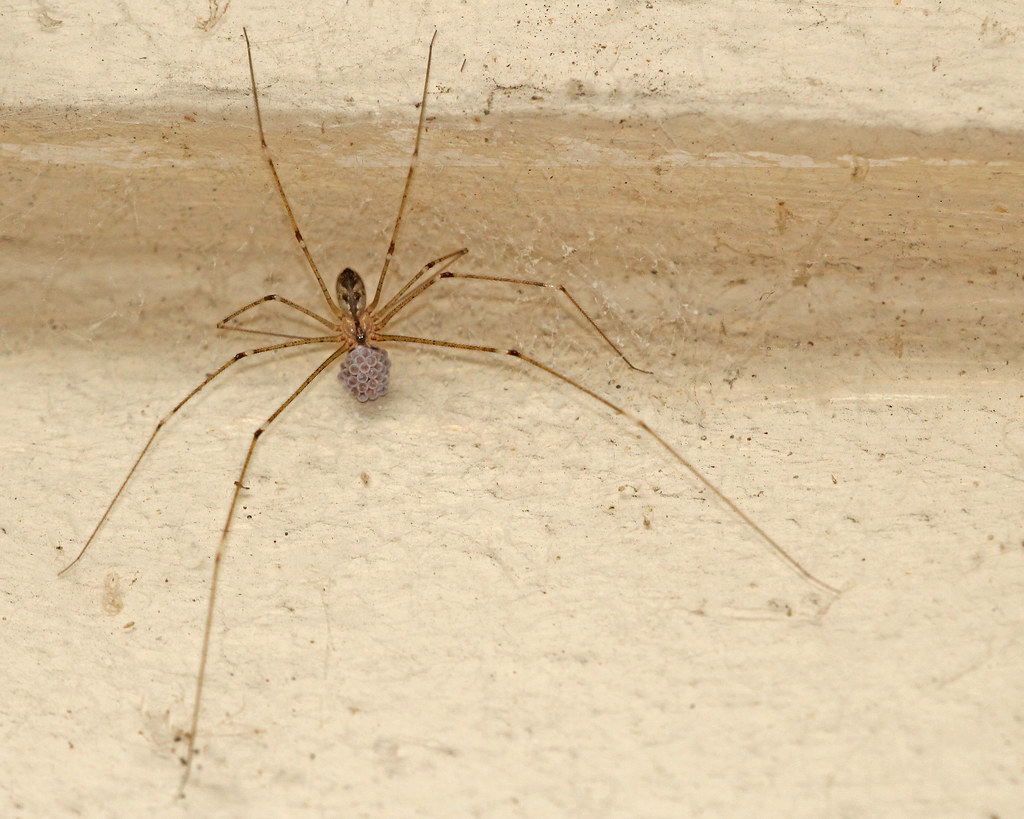
The long-bodied cellar spider, a remarkable species in various regions of Washington, stands out with its distinctive feature of exceptionally long legs. Often referred to as Daddy Long Legs, these spiders, originating from Asia, now inhabit different parts of the world. With females reaching 50 millimeters and males about half that size, their yellow appearance and dark markings on the carapace make them easily identifiable. Preferring indoor and dark environments like garages and attics, these spiders play a vital role in controlling pests.
Flower Crab Spider
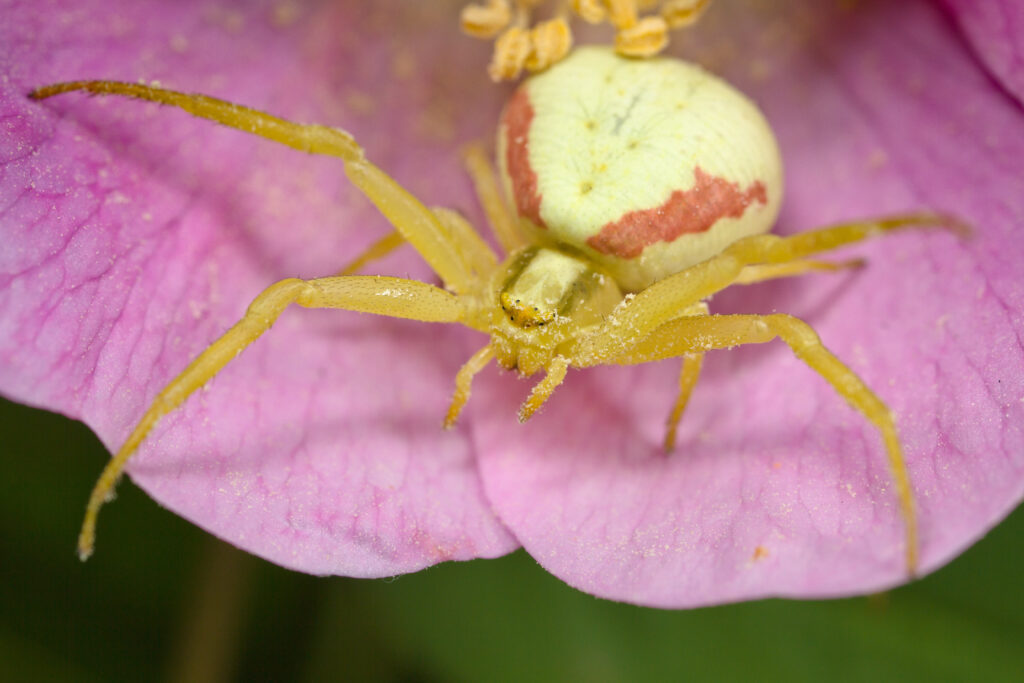
In diverse habitats across Washington, the flower crab spider exhibits unique adaptability, often blending with the colors of flowers. Females, growing up to 10 millimeters, and males reaching 6 millimeters, present in solid yellow or white hues. Operating without webs, they patiently wait on petals and leaves to ambush prey, carrying a significant amount of bacteria that may cause severe infections.
Sierra Dome Spider
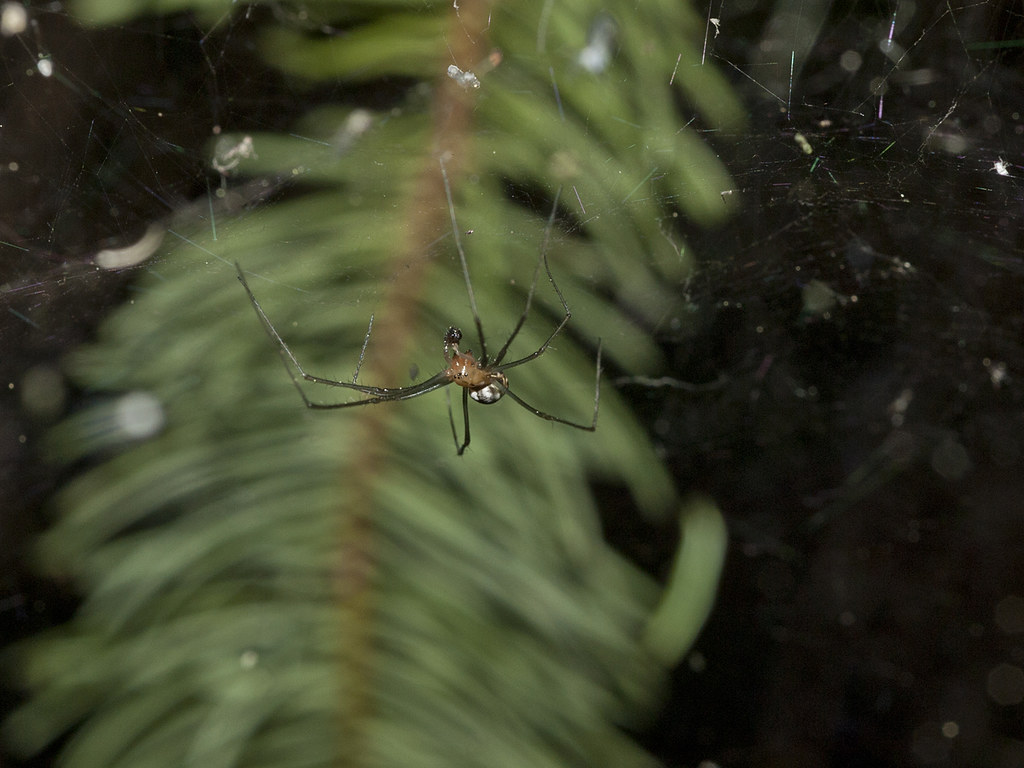
The Sierra Dome spider, thriving in various Washington habitats and found globally in places like China and North America, features adult females reaching 8 millimeters. Distinguished by long green legs and a beige or brown carapace, these spiders build dome-shaped webs for catching prey. While their bite is not dangerous, they can carry a substantial amount of bacteria, warranting caution during encounters.
Western Parson Spider
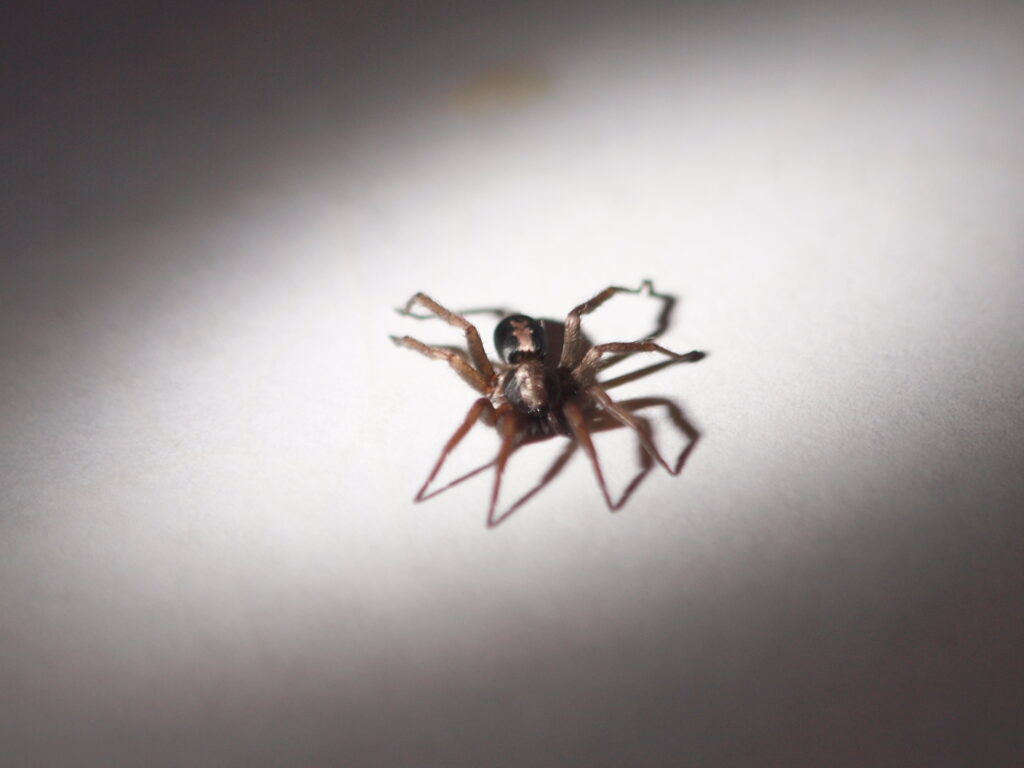
In different parts of Washington, the western parson spider, commonly found in the northern and western United States, exhibits distinctive features with adult females growing up to 20 millimeters. Sporting black, grey, and white markings, these spiders do not use webs for hunting but patiently ambush prey, causing swelling and allergic reactions with their venomous bites.
Wolf spiders
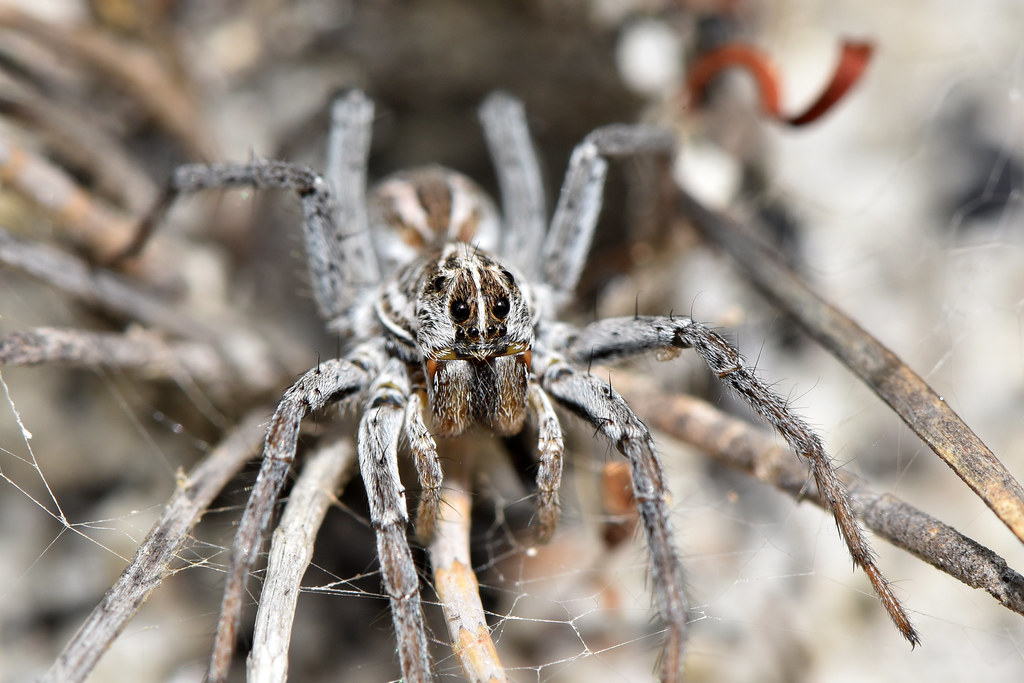
Wolf spiders, prevalent in grassland and forested areas of Washington, are known for burrowing in the soil and ambushing prey without using webs. Their excellent eyesight aids in recognizing prey from a distance, and while not inherently dangerous, they may bite when provoked, carrying bacteria that can cause infections.
White-Spotted False Widow
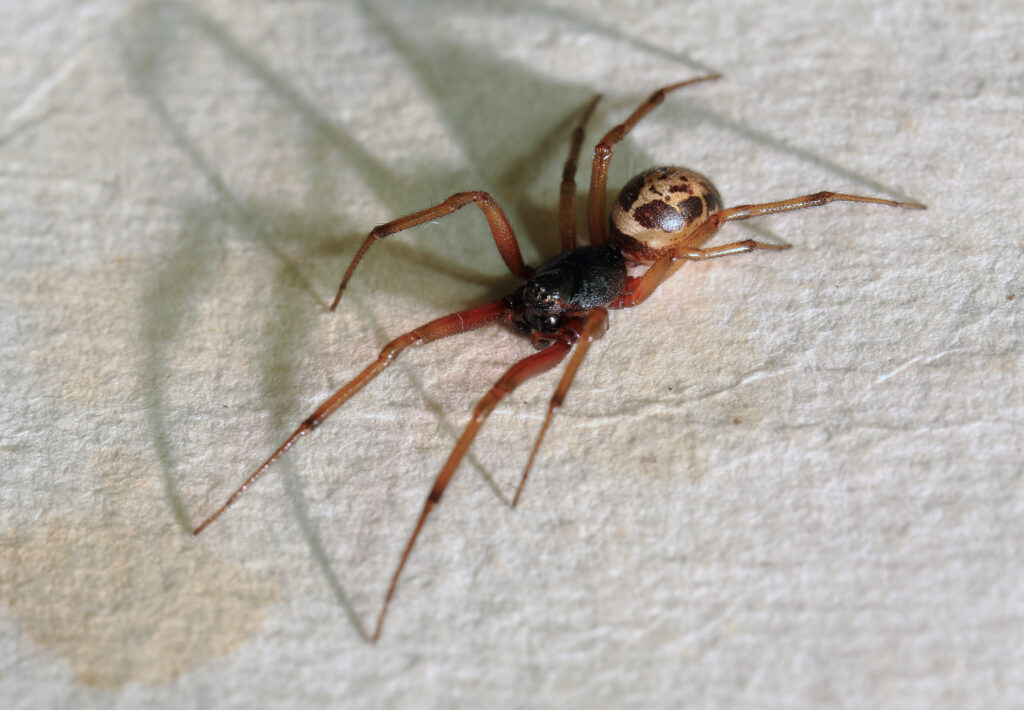
The white-spotted false widow spider, common in Washington, belongs to the cobweb family and is found in North Africa, Europe, Canada, and North America. Females reach up to 7 millimeters, and males up to 6 millimeters, displaying black or dark brown abdomens, legs, and carapaces with irregularly shaped markings in different colors. While not inherently dangerous, their bites can lead to severe infections due to the bacteria they carry.
Crab spiders
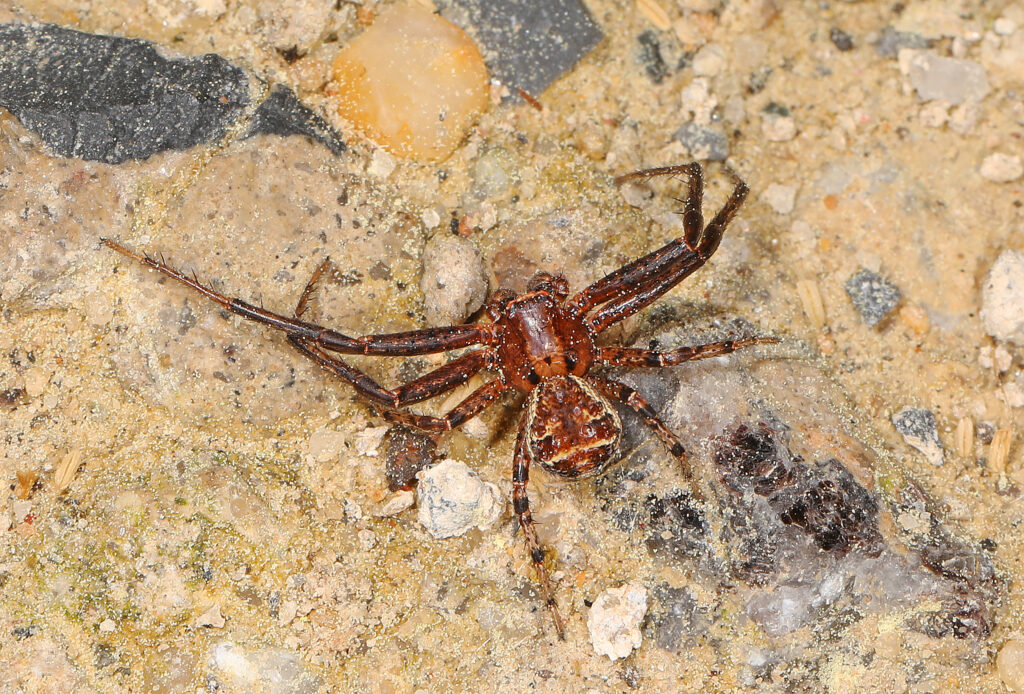
Crab spiders, another species in Washington, with females growing up to 11 millimeters, exhibit varying colors such as brown, green, white, yellow, and pink. Named for their versatile movements in all directions, these spiders rely on impeccable hunting skills, hiding and waiting for prey before ambushing. Possessing poison, they pose a potential danger due to the array of bacteria they carry.
______________
Find out about the spiders in the other US states as well:


